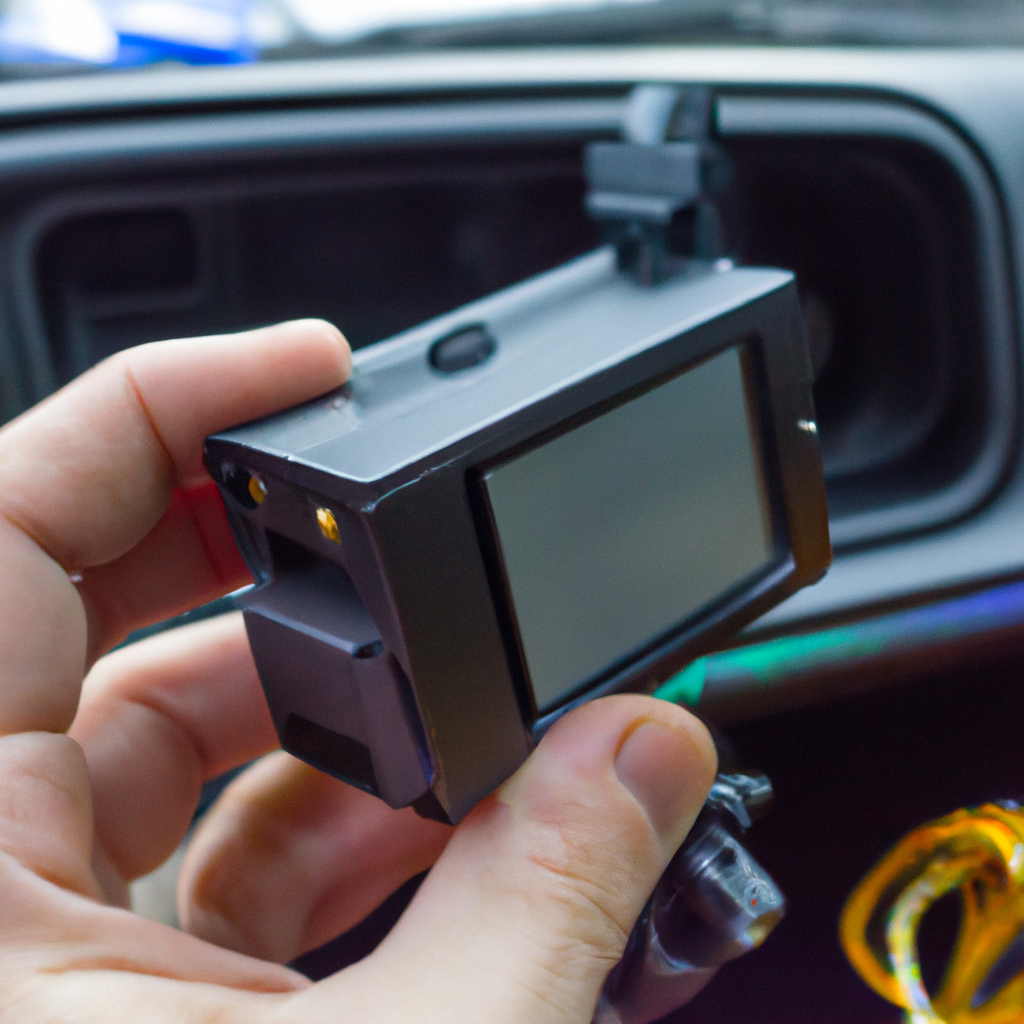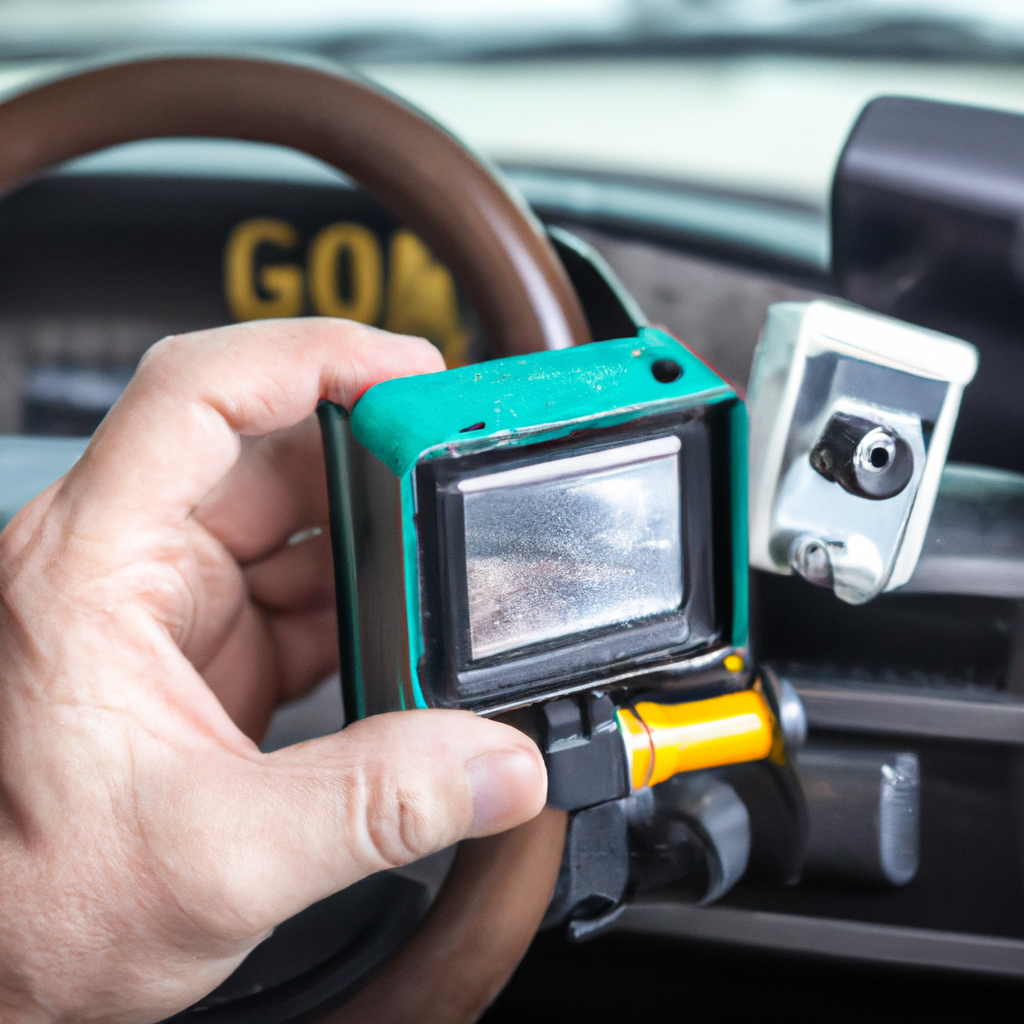-
Table of Contents
“Secure your ride with a dashcam – easy installation in minutes!”
Introduction
Installing a dashcam in your car is a great way to protect yourself and your vehicle. Dashcams provide an extra layer of security by recording your driving and providing evidence in the event of an accident or other incident. In this guide, we will walk you through the steps of installing a dashcam in your car. We will cover the necessary tools and materials, the installation process, and how to use the dashcam once it is installed. With the right preparation and knowledge, you can easily install a dashcam in your car and enjoy the added security it provides.
Step-by-Step Guide to Installing a Dashcam in Your Car
Installing a dashcam in your car is a great way to protect yourself and your vehicle. Dashcams can provide evidence in the event of an accident or other incident, and can also be used to monitor your driving habits. This step-by-step guide will help you install a dashcam in your car.
Step 1: Choose a Dashcam
The first step is to choose a dashcam that meets your needs. Consider the features you want, such as night vision, motion detection, and GPS tracking. Also, make sure the dashcam is compatible with your car’s make and model.
Step 2: Prepare the Mount
Once you have chosen a dashcam, you will need to prepare the mount. Most dashcams come with a suction cup mount that can be attached to the windshield. Make sure the mount is securely attached before proceeding.
Step 3: Connect the Power
Next, you will need to connect the power. Most dashcams come with a power cable that can be plugged into the car’s cigarette lighter. Make sure the power cable is securely connected before proceeding.
Step 4: Attach the Dashcam
Once the mount and power cable are in place, you can attach the dashcam. Make sure the dashcam is securely attached to the mount before proceeding.
Step 5: Test the Dashcam
Once the dashcam is in place, you should test it to make sure it is working properly. Turn on the dashcam and make sure it is recording properly.
Step 6: Enjoy the Benefits
Once the dashcam is installed, you can enjoy the benefits it provides. Dashcams can provide evidence in the event of an accident or other incident, and can also be used to monitor your driving habits.
Installing a dashcam in your car is a great way to protect yourself and your vehicle. With this step-by-step guide, you can easily install a dashcam in your car.
What to Look for When Shopping for a Dashcam
When shopping for a dashcam, there are several important factors to consider. First, you should consider the type of camera you need. Dashcams come in a variety of shapes and sizes, and some are designed for specific purposes. For example, some are designed to record only the front of the vehicle, while others are designed to record both the front and rear. Additionally, some dashcams are designed to be used in conjunction with a GPS system, while others are not.
Second, you should consider the resolution of the camera. Higher resolution cameras will provide better quality images and videos, but they will also require more storage space. If you plan to store a lot of footage, you may want to invest in a higher resolution camera.
Third, you should consider the features of the camera. Some dashcams come with additional features such as motion detection, night vision, and even Wi-Fi connectivity. These features can be useful for recording events that occur outside of the vehicle, such as a hit-and-run or a break-in.
Finally, you should consider the price of the camera. Dashcams can range from relatively inexpensive models to more expensive models with additional features. It is important to find a camera that fits within your budget while still providing the features you need.
By considering these factors, you can find the perfect dashcam for your needs.
How to Choose the Right Dashcam for Your Vehicle
When it comes to choosing the right dashcam for your vehicle, there are a few important factors to consider. Dashcams are becoming increasingly popular as a way to record your journey and provide evidence in the event of an accident or other incident. With so many different models and features available, it can be difficult to know which one is right for you. Here are some tips to help you make the right choice.
First, consider the size and shape of the dashcam. Dashcams come in a variety of sizes and shapes, so it’s important to choose one that fits your vehicle. If you have a smaller car, you may want to opt for a smaller, more discreet model. If you have a larger vehicle, you may want to choose a larger model with more features.
Second, consider the features you need. Dashcams come with a variety of features, such as night vision, motion detection, and GPS tracking. Think about which features are most important to you and choose a model that has them.
Third, consider the price. Dashcams range in price from a few hundred dollars to several thousand dollars. Consider your budget and choose a model that fits within it.
Finally, consider the installation process. Some dashcams require professional installation, while others are easy to install yourself. Consider the time and effort you’re willing to put into the installation process and choose a model accordingly.
By considering these factors, you can make an informed decision and choose the right dashcam for your vehicle. With the right dashcam, you can rest assured that your journey is being recorded and that you have evidence in the event of an accident or other incident.
Tips for Installing a Dashcam in Your Car
1. Choose a Dashcam: Select a dashcam that meets your needs. Consider factors such as video quality, storage capacity, and ease of installation.
2. Install the Dashcam: Follow the manufacturer’s instructions for installation. Make sure the camera is securely mounted and the wiring is properly connected.
3. Connect the Power Source: Connect the dashcam to the car’s power source. This can be done by connecting the camera to the car’s cigarette lighter or directly to the car’s battery.
4. Adjust the View: Adjust the camera’s view to ensure that it captures the desired area. Make sure the camera is not blocked by any objects or obstructions.
5. Test the Dashcam: Test the dashcam to make sure it is working properly. Check the video quality and make sure the camera is recording correctly.
6. Secure the Dashcam: Secure the dashcam to the car’s interior. This will help prevent theft and ensure the camera is always in the correct position.
7. Maintain the Dashcam: Regularly check the dashcam to make sure it is working properly. Clean the lens and check the wiring to ensure everything is in good condition.
Benefits of Installing a Dashcam in Your Car
Dashcams are becoming increasingly popular in cars, and for good reason. Installing a dashcam in your car can provide a number of benefits, from providing evidence in the event of an accident to helping you become a better driver.
One of the most important benefits of installing a dashcam in your car is that it can provide evidence in the event of an accident. Dashcams record video footage of the road ahead, which can be used to prove who was at fault in the event of an accident. This can be invaluable in helping you to avoid costly insurance claims and legal fees.
Another benefit of installing a dashcam in your car is that it can help you become a better driver. Dashcams record video footage of your driving, which can be used to identify any bad habits or mistakes you may be making. This can help you to become a safer and more efficient driver.
Finally, dashcams can also provide peace of mind. Knowing that your car is being monitored can help to reduce stress and anxiety when driving, as you know that any incidents will be recorded.
In conclusion, installing a dashcam in your car can provide a number of benefits, from providing evidence in the event of an accident to helping you become a better driver. Dashcams can also provide peace of mind, knowing that your car is being monitored. For these reasons, installing a dashcam in your car is a wise decision.
Thanks for visiting Dashcam Installation Australia.
For more information visit local authories sites to know your rights.




